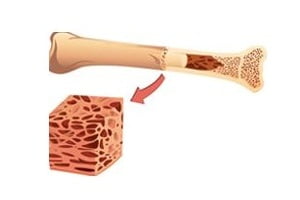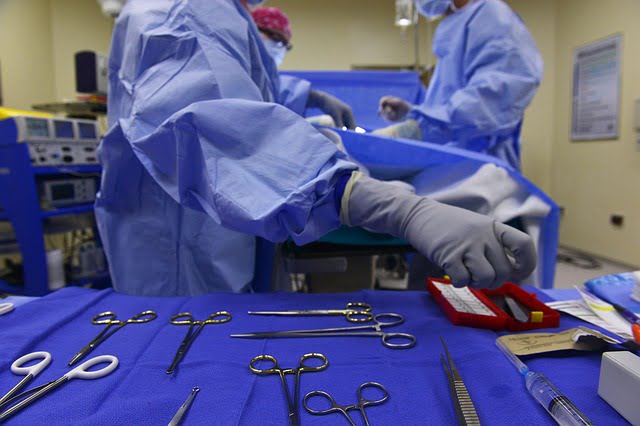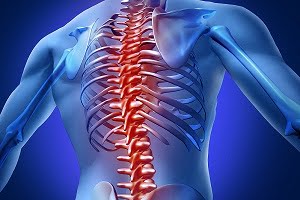Why Does Bone Cancer Hurt More at Night?
- Updated on: Jul 29, 2024
- 2 min Read
By
- Published on Oct 3, 2019

Bone cancer Pain
When a bone tumor grows, it presses on the healthy bone tissue. This can destroy the tissue and the patient may feel pain and experience other problems such as the following:
Pain
The first and the earliest symptom of bone cancer is pain at the site of the tumor. At first, the pain is not permanent, it may come and go. But with time, it can become more severe and steady. The pain may get worse with movement.
Joint swelling and stiffness
A tumor that occurs near or in a joint may cause swelling in the joint that makes the joint tender and stiff. The stiffness and tenderness restrict the movement.
Limping
A pronounced limp is experienced by the patient if a bone with a tumor breaks, or the leg is fractured. Limping usually occur at a later-stage of bone cancer.
Why is cancer more painful at night? Why does bone cancer hurt more at night?
Bone cancer hurt more at night. There can be many reasons for the severe pain that the patient experience. Some of the reasons are listed below:
Changes in weight distribution in body
When the patient lay down, the weight distribution in the body changes which is different from that while walking, standing or sitting. Hence, an unavoidable pressure (felt like pain) is experienced in the nerves and vital organs of the body.
Location of a tumour
The location of a tumor directly responsible for the pain is felt at night. For example, in case of a spine tumor, the patient may feel intense pain while lying down because the spine is not in its original shape (with proper curves).
Relaxed body
When a person sleeps or lay down on the bed, his or her body tends to expand and muscles relax and relieve the stress. This makes a tumor to presses against the nerves that pass nearby.
Fewer distractions at night
During the day, the patient is more alert to the surroundings. Household chores, phone calls, business meetings and social meetings serve as powerful distractions. Our mind is preoccupied with other things, leaving pain in the back seat. However, at night the diversions drop and the patient is left with a plenty of time for the brain to focus on pain and discomfort.
Carbon dioxide levels are high
The blood vessels expand when the concentration of carbon dioxide is high in the body. This makes the nerves more sensitive and a little pain can be felt very badly.
Temperature changes can affect pain levels
Nights are cooler than days, and the perception of pain is greatly influenced by the drop in temperature. Low temperatures make the heart to beat slowly, causing the blood to flow more slowly. This builds up carbon dioxide which can interfere with the nerve endings causing more pain.












